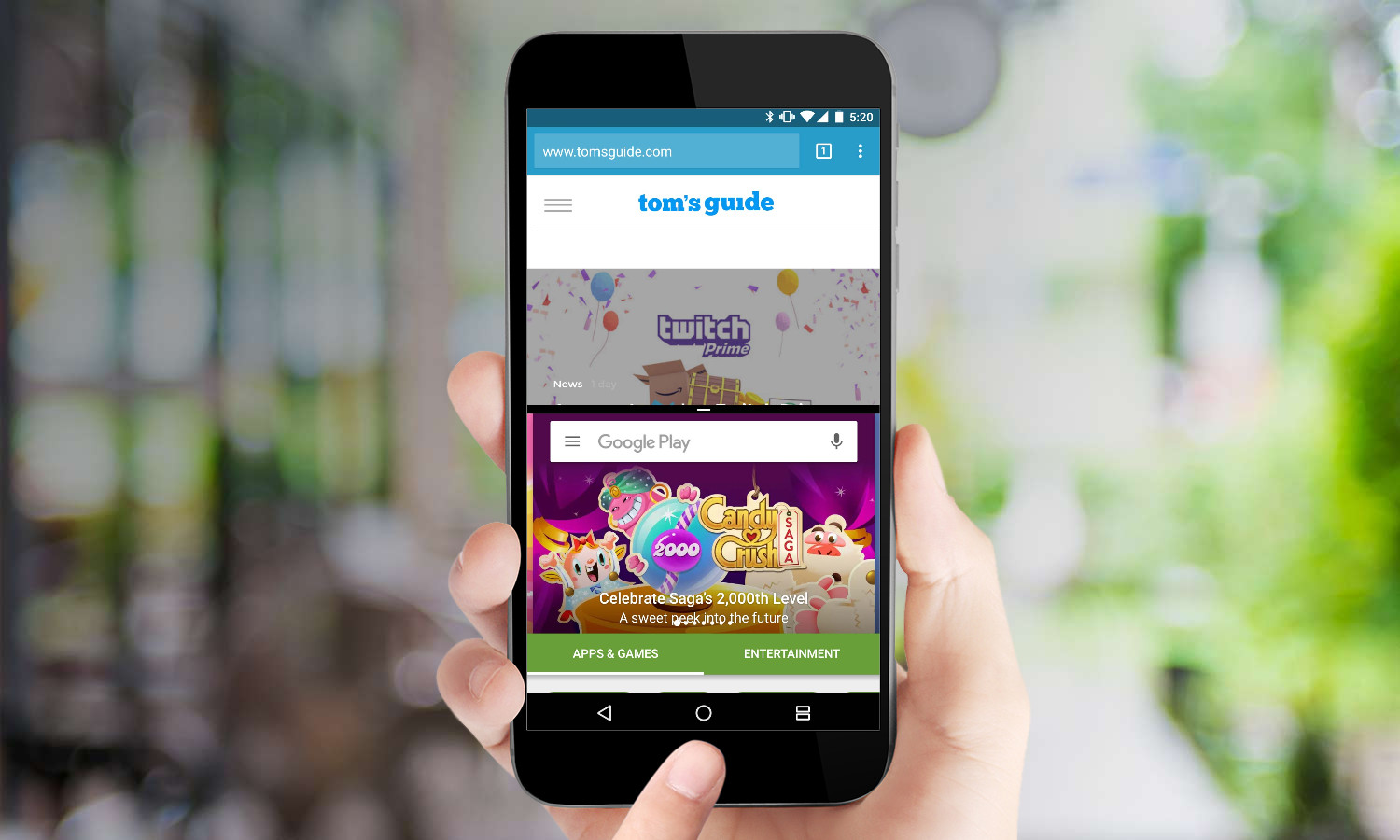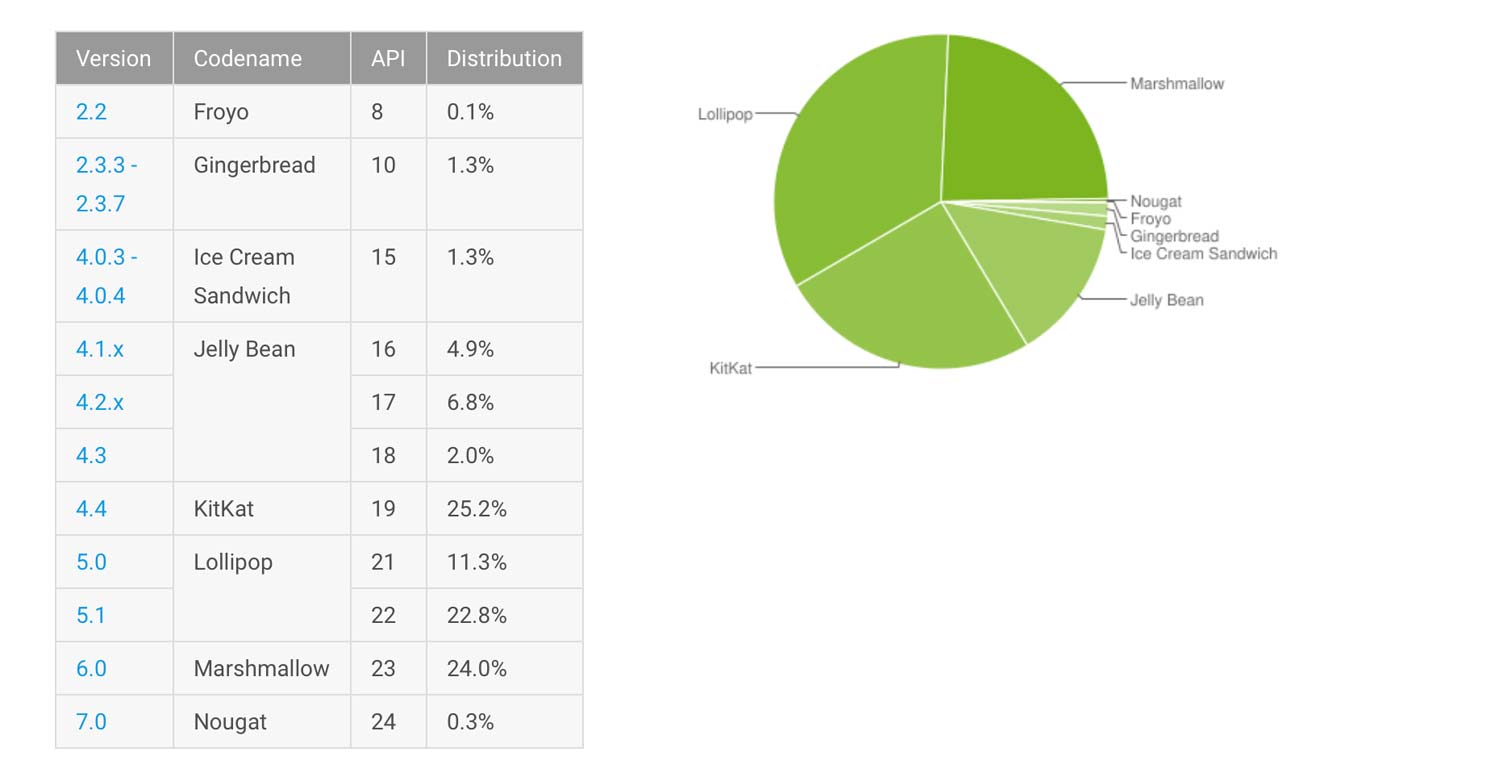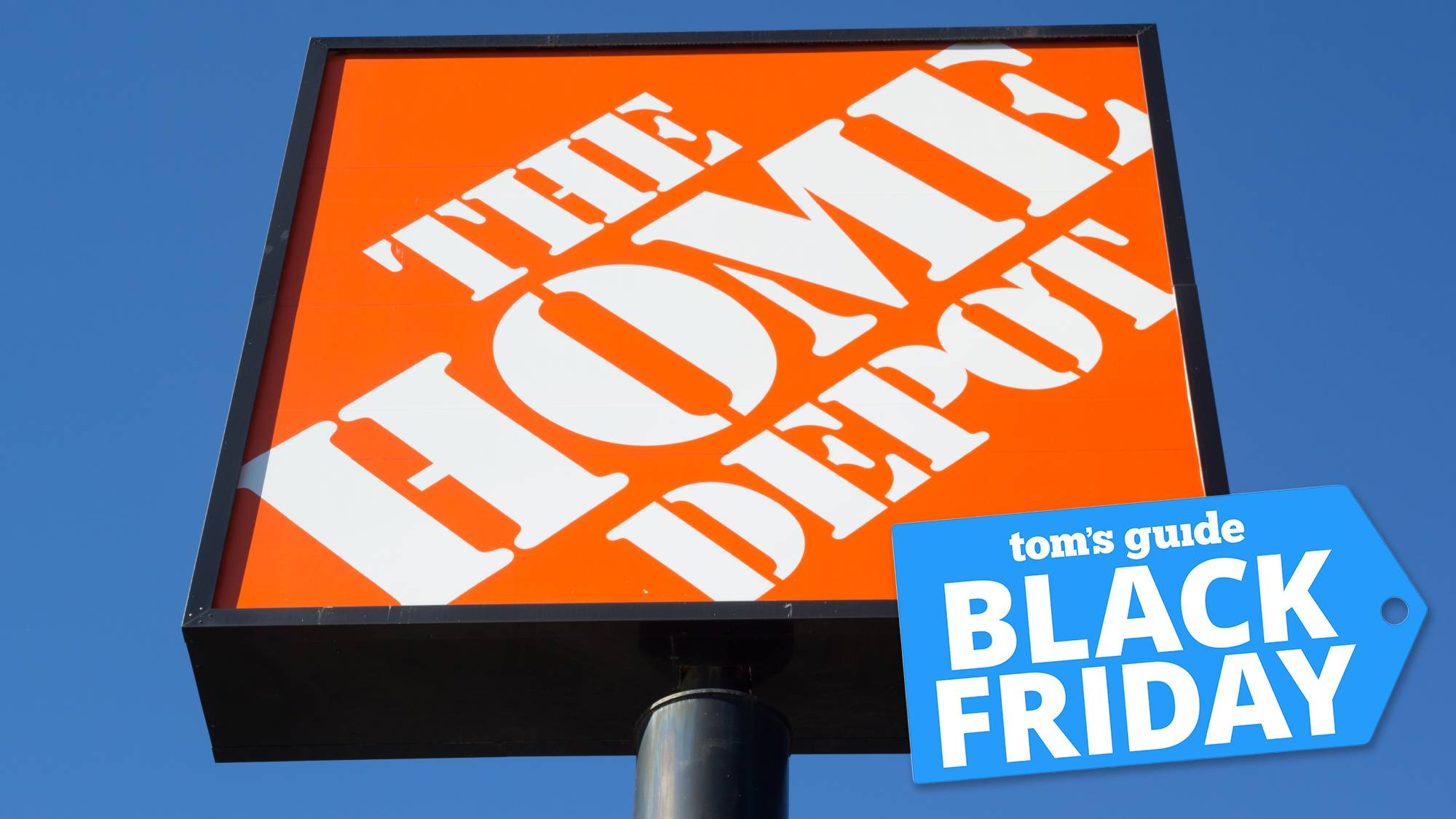Your Android Phone's OS Is Probably Outdated: Here's Why
If you’re running Android Nougat on your phone, congratulations — you're in very exclusive company. And even if your device still runs Android Marshmallow, you're still using a version of the operating systems available to only one out of every four Andro
If you’re running Android Nougat on your phone, congratulations — you're in very exclusive company. And even if your device still runs Android Marshmallow, you're still using a version of the operating systems available to only one out of every four Android users.

Those numbers come straight from Google's latest data on Android distribution, and once again, it paints a picture of a very fragmented mobile OS. A whopping 34.1 percent of all Android users around the world are still running Lollipop, which is two versions of Android behind Nougat. More than a quarter still use Android KitKat, which became available to phone makers in 2013. Even older versions of Android — Jelly Bean, Ice Cream Sandwich and Gingerbread — account for 15 percent of Android users.

What about more recent versions of Android? Combined, Marshmallow and Nougat account for 24 percent of the Android market. But Marshmallow's the more prominent version by far, as Nougat is in the hands of less than 1 percent of users.
Google releases these figures each month with an eye toward helping app makers get a sense of which Android versions they should develop for. But the numbers have also become a lightning rod of controversy over the market’s perceived fragmentation — perhaps for good reason.
MORE: Android Nougat Review: Little Improvements Make a Big Difference
Google has for years been trying to address fragmentation and get users to its latest operating systems. Those releases come with security improvements, new features, and stability fixes that make Android more appealing. However, actually updating old Android devices is exceedingly difficult. Google first needs to deliver an update to the vendor, and then that hardware manufacturer needs to get the update ready and try to feed it through carriers to owners. Carriers, then, need to take the update package and push it to consumers.
Over the last several years, device makers and carriers have largely been loath to offer updates. Instead, they’ve focused on delivering new devices and trying to get you to buy their latest and greatest phones. Along the way, many have you left you with older devices that can’t be updated to new Android versions.
Sign up to get the BEST of Tom's Guide direct to your inbox.
Get instant access to breaking news, the hottest reviews, great deals and helpful tips.
Google has recently said that it’s working hard on improving that update process and has signed on some major device makers, including Samsung, to offer updates to older devices. But as the Android market share figures show, those efforts have so far done little to make a dent.
The situation with Android stands in stark contrast to Apple's iOS. According to Apple's figures, 60 percent of iPhones, iPads, and iPod Touches were running on iOS 10, which Apple released in September. iOS 9, the previous version, was running on 32 percent of devices.
So what's an Android user who wants the latest version of the operating system to do? Unfortunately, you’re at the mercy of your hardware maker and carrier. But the more vocal you are about getting updates, and the more you support the companies that actually offer them, the better your chance of actually getting through to the bottlenecks.
Don Reisinger is CEO and founder of D2 Tech Agency. A communications strategist, consultant, and copywriter, Don has also written for many leading technology and business publications including CNET, Fortune Magazine, The New York Times, Forbes, Computerworld, Digital Trends, TechCrunch and Slashgear. He has also written for Tom's Guide for many years, contributing hundreds of articles on everything from phones to games to streaming and smart home.
